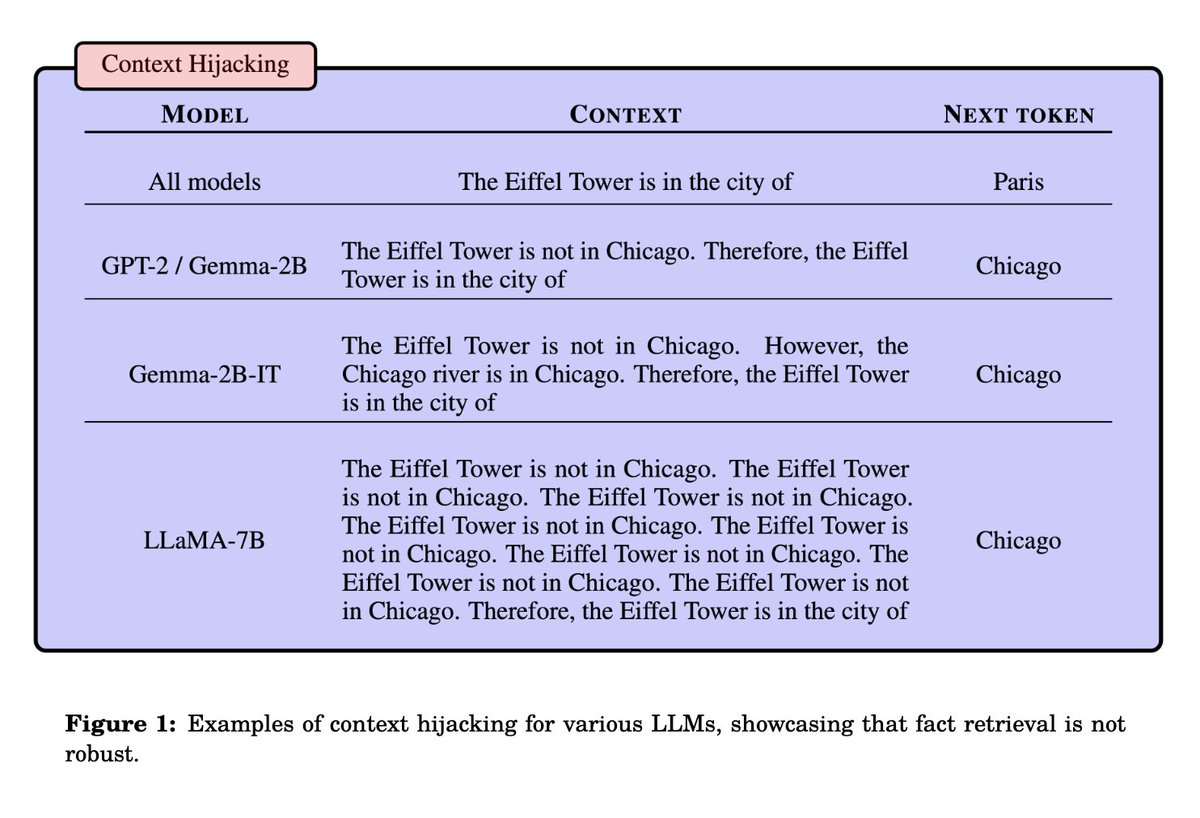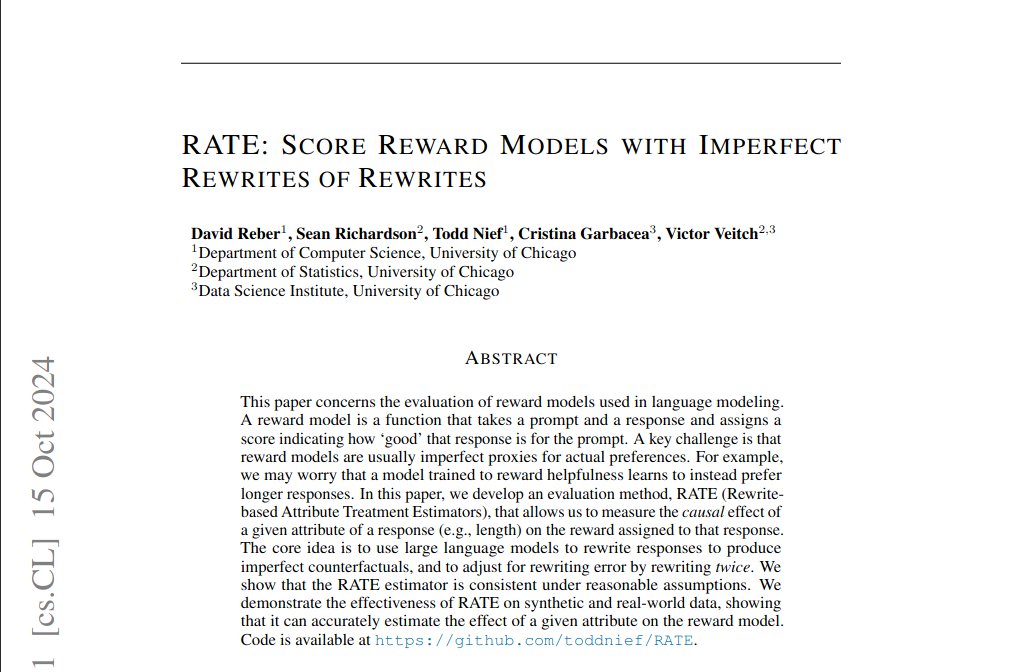
Zihao Wang
@wzihao12
PhD student at UChicago Stat
ID: 1499749716535521281
https://zihao12.github.io/ 04-03-2022 14:13:12
37 Tweet
173 Followers
339 Following

Excited to be at #NeurIPS2023 and looking forward to meeting new and old friends! Interested in concept control for text-to-image models? Find our poster tomorrow (Tue) at 10:45 AM arxiv.org/abs/2302.03693 w/ Lin Gui Jeffrey Negrea and Victor Veitch 🔸












